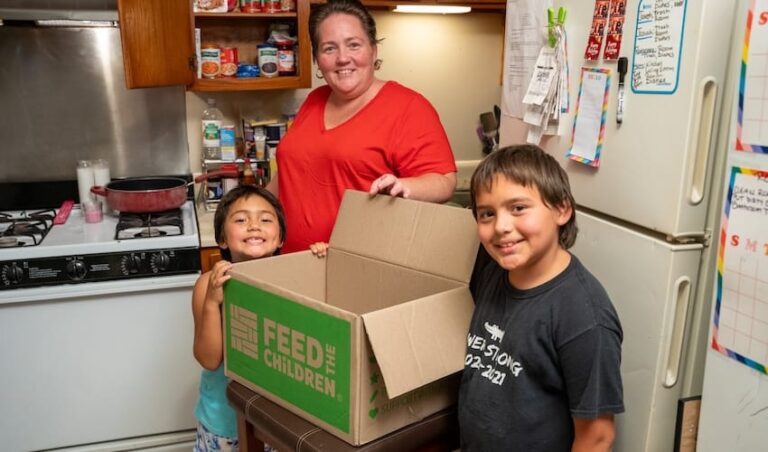
Food Waste & Hunger: Six Tips to Help
There are many root causes of hunger and food insecurity including low income, unemployment, health issues and access to affordable food. While we can’t change all of those by ourselves, we can play an important role in the fight against hunger.
You’re already an advocate to help hungry children and their families because of your commitment to Feed the Children, so what can you do in your day-to-day life to help? Start by thinking about how you interact with your food.
It might sound strange, but consider this: roughly 30 to 40 percent of the food in the United States is wasted. That amounts to more than 20 pounds of food per person wasted each month.
According to the U.N. Food and Agriculture Organization, $1 trillion worth of food is lost or wasted every year. This happens at all levels: when food is damaged or spoiled during production, when retailers throw out bruised or less appealing items and in your house when you buy more than you need and trash the unused portions.
If this trend were reversed, there would be enough food preserved to feed two billion people. Compare that number to those who are affected by hunger – as many as 828 million people suffer from hunger globally, according to the World Health Organization.
There is a plan to shrink food waste in the United States. In 2015, the USDA joined the U.S. Environmental Protection Agency to cut food loss and waste by 50 percent by 2030.
You can also do some simple things to help contribute:
- Shop smarter – planning meals and using a grocery list helps reduce the amount of food we might throw away later.
- Organize your refrigerator – Use a “first-in, first-out“ rotation that keeps older items at the front to make sure they get eaten in time.
- Understand expiration dates – These dates are a suggestion for peak quality and not about food safety. The “sniff test” can tell you whether a food has gone bad.
- Find uses for foods past their prime – Use stale bread for French toast or grilled cheese sandwiches. Wilted veggies can go in soups or stews. Overripe fruit can be used in smoothies or baking.
- Be smart when ordering at a restaurant – Split a meal, or if you take some of your food home, make sure to eat your leftovers.
- Keep a log of food waste – Jotting down what you throw out can help you find opportunities to be less wasteful.
Becoming more mindful of what we’re doing with our food creates lifelong change. And over time, it means less waste and less hunger, which leads us closer to a world where no child goes to bed hungry.






